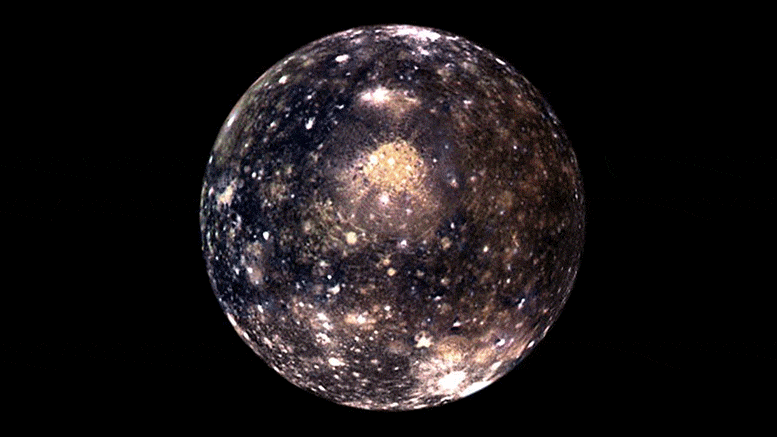


If true, this might predate Galileo's discovery by around two millennia. Ī Chinese historian of astronomy, Xi Zezong, has claimed that a "small reddish star" observed near Jupiter in 364 BCE by Chinese astronomer Gan De may have been Ganymede. Nevertheless, Galileo accepted the Copernican theory. Galileo's March 13, 1610, Sidereus Nuncius ( Starry Messenger), which announced celestial observations through his telescope, does not explicitly mention Copernican heliocentrism, a theory that placed the Sun at the center of the universe. More importantly, the discovery of celestial bodies orbiting something other than Earth dealt a blow to the then-accepted Ptolemaic world system, which held that Earth was at the center of the universe and all other celestial bodies revolved around it. Galileo's discovery proved the importance of the telescope as a tool for astronomers by showing that there were objects in space to be discovered that until then had remained unseen by the naked eye. In these observations, he discovered a fourth body, and also observed that the four were not fixed stars, but rather were orbiting Jupiter. He continued to observe these celestial orbs from January 8 to March 2, 1610. At the time, he saw only three of them, and he believed them to be fixed stars near Jupiter. On January 7, 1610, Galileo wrote a letter containing the first mention of Jupiter's moons. This allowed Galileo to observe in either December 1609 or January 1610 what came to be known as the Galilean moons. History Discovery Galileo Galilei, the discoverer of the four moonsĪs a result of improvements Galileo Galilei made to the telescope, with a magnifying capability of 20×, he was able to see celestial bodies more distinctly than was previously possible. The discovery of celestial bodies orbiting something other than Earth dealt a serious blow to the then-accepted Ptolemaic world system, a geocentric theory in which everything orbits around Earth. Their discovery showed the importance of the telescope as a tool for astronomers by proving that there were objects in space that cannot be seen by the naked eye. Marius discovered the moons independently at nearly the same time as Galileo, 8 January 1610, and gave them their present individual names, derived from rape victims of Zeus, which were suggested by Johannes Kepler, in his Mundus Jovialis, published in 1614. Galileo initially named his discovery the Cosmica Sidera (" Cosimo's stars"), but the names that eventually prevailed were chosen by Simon Marius. Named after Galileo Galilei, who observed them in either December 1609 or January 1610, and recognized them as satellites of Jupiter in March 1610, remaining the only known moons of Jupiter until the discovery of the fifth largest moon of Jupiter Amalthea in 1892. While the Galilean moons are spherical, all of Jupiter's, much smaller, remaining moons have irregular forms because of their weaker self-gravitation. The three inner moons-Io, Europa, Ganymede-are in a 4:2:1 orbital resonance with each other. The smaller ones, Io and Europa, are about the size of the Moon. The largest of the four are Ganymede, which is the largest moon in the Solar System, and Callisto, both of which are either larger or as large as the planet Mercury, though not nearly as massive. They are among the largest objects in the Solar System with the exception of the Sun and the eight planets, with radii greater than any of the dwarf planets. Through this they became the first Solar System objects discovered since humans have started tracking the classical planets, and the first objects to be found to orbit a planet other than the Earth. Visible with common binoculars, the invention of the telescope enabled the discovery of the moons in 1610. They are the most readily visible Solar System objects after Saturn, the dimmest of the classical planets, which are readily visible from Earth by the unaided eye, even under night sky conditions of high light pollution. ə n/), or Galilean satellites, are the four largest moons of Jupiter: Io, Europa, Ganymede, and Callisto. From top to bottom: Io, Europa, Ganymede, Callisto. Four largest moons of Jupiter Montage of Jupiter's four Galilean moons, in a composite image depicting part of Jupiter and their relative sizes (positions are illustrative, not actual).


 0 kommentar(er)
0 kommentar(er)
